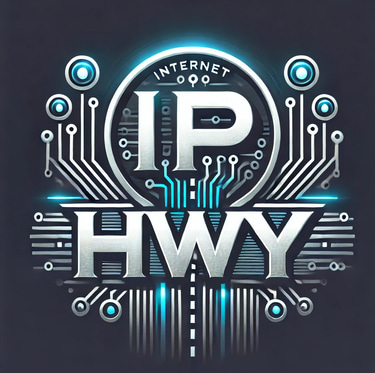IBM + AMD--> A Quantum-Centric Partnership That Could Reshape Computing
The future of computing isn’t quantum vs. classical... it’s quantum + HPC + AI. IBM and AMD just made that future a lot more real!
Jim Leone
8/27/20252 min read
When most people hear about quantum computing, they imagine futuristic machines with fragile qubits, endless error correction challenges, and breakthroughs that always feel “ten years away.” But something is shifting. A new partnership announced today between IBM and AMD may signal a more tangible path forward, one where quantum, high-performance computing (HPC), and artificial intelligence (AI) converge into hybrid systems that solve real-world problems this decade.
This isn’t about quantum replacing classical computing. It’s about quantum working alongside HPC and AI to form a quantum-centric supercomputing architecture. And that could change everything.
Why I Believe This Partnership Matters
Breaking Computational Bottlenecks
Classical supercomputers, even at exascale, struggle with certain classes of problems:
Simulating molecular interactions for drug discovery
Optimizing global supply chains
Modeling climate systems with chaotic variables
Predicting financial risks with billions of interdependencies
Quantum computers excel at certain types of parallelism and optimization, but they’re still limited in scale and error rates. By combining AMD’s HPC expertise (EPYC CPUs, GPUs, AI accelerators) with IBM’s quantum platforms, this partnership could unlock a scalable bridge to practical quantum advantage.
The Potential Role of AI as a “Glue Layer”
This collaboration isn’t just about raw hardware. AI plays a critical role in orchestrating workloads...
Directing tasks... deciding whether a problem is best run on a quantum processor, a GPU, or a CPU.
Error mitigation... machine learning models can predict and compensate for quantum noise.
Optimization... AI itself benefits from hybrid architectures, enabling faster model training on quantum-accelerated systems.
Think of AI as the traffic controller in a computing ecosystem that spans multiple paradigms.
Strategic Implications
This alliance sends ripples across multiple fronts...
Industry competition... NVIDIA dominates the AI+HPC world, Google and Microsoft push their own cloud-quantum agendas. IBM + AMD form a counterbalance, with IBM’s quantum leadership and AMD’s hardware resurgence.
National security... Encryption, defense simulations, and energy resilience are all quantum-impacted domains. U.S. policymakers are already pushing “quantum readiness” (see the Quantum Sandbox Act), and this partnership aligns with those priorities.
Enterprise adoption... Beyond labs, industries like pharma, finance, and advanced materials are hungry for breakthroughs. The IBM-AMD roadmap signals near-term commercialization opportunities.
A Turning Point for Quantum Computing
Most quantum announcements focus on qubit counts, error correction thresholds, or futuristic prototypes. What’s different here is the engineering pragmatism...
A concrete end-of-decade timeline for hybrid quantum-HPC-AI systems.
A focus on integration, not isolation, embedding quantum into broader supercomputing workflows.
A push toward scalable enterprise solutions, not just lab demos.
This is the shift from quantum as a science project to quantum as part of an enterprise IT roadmap.
What to Watch For Next...
Integration pilots... Will we see quantum-accelerated HPC nodes deployed in DOE labs or enterprise data centers?
Quantum-classical APIs... Can developers write once and run across CPUs, GPUs, and qubits without deep rewrites?
Commercial case studies... Which industries will first demonstrate tangible ROI from hybrid architectures?
The IBM + AMD partnership isn’t just about adding qubits or selling chips, it’s about building the architecture of the future. By uniting quantum, HPC, and AI into a layered ecosystem, they are making quantum computing feel less like science fiction and more like a product roadmap.
If successful, this alliance could mark the decade where quantum computing finally transitioned from experimental promise to practical utility.
The IP HighWay
Stay updated with the latest IT security news.
info@iphwy.com
© 2025. IPHwy LLC. All rights reserved.



